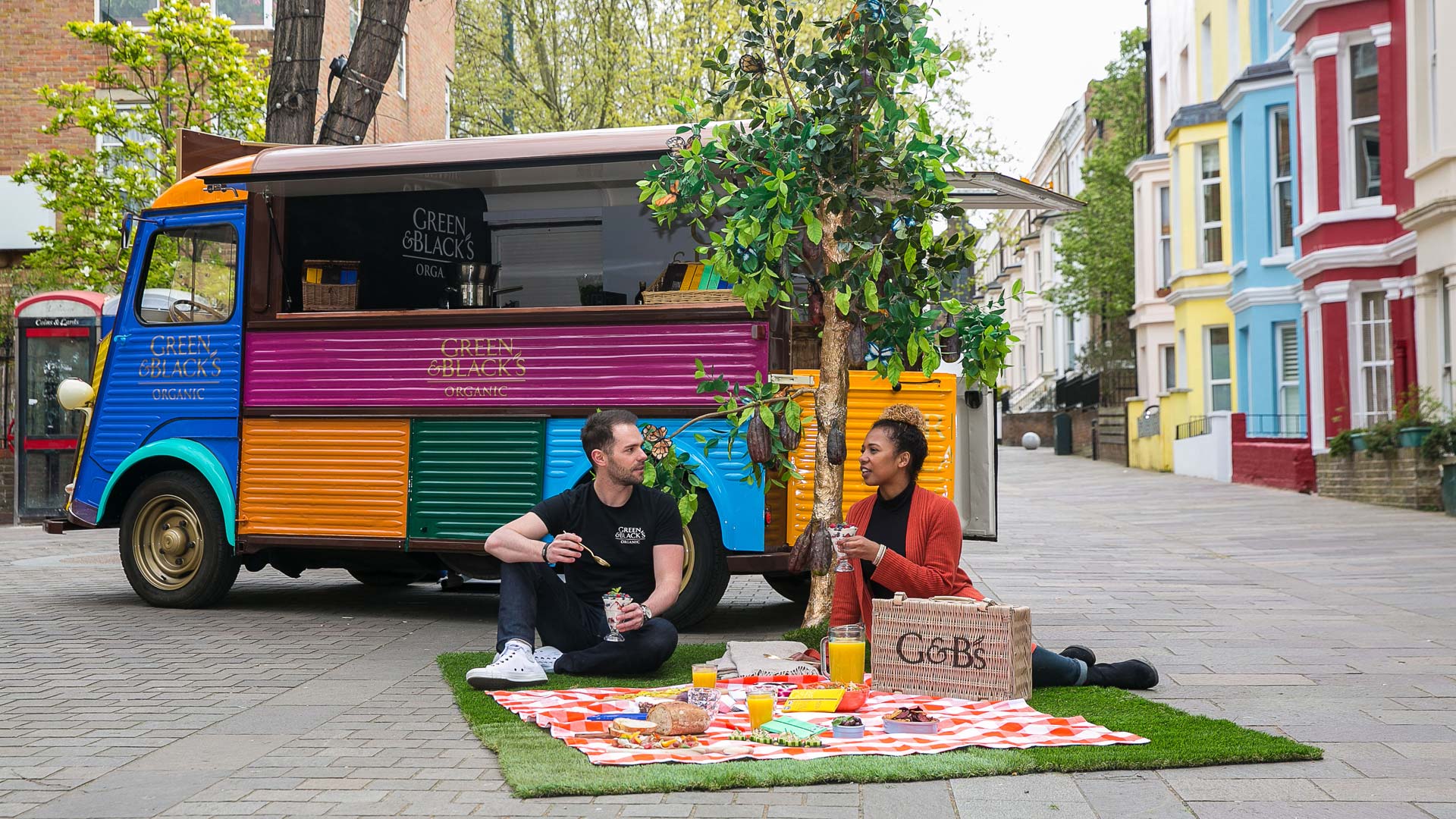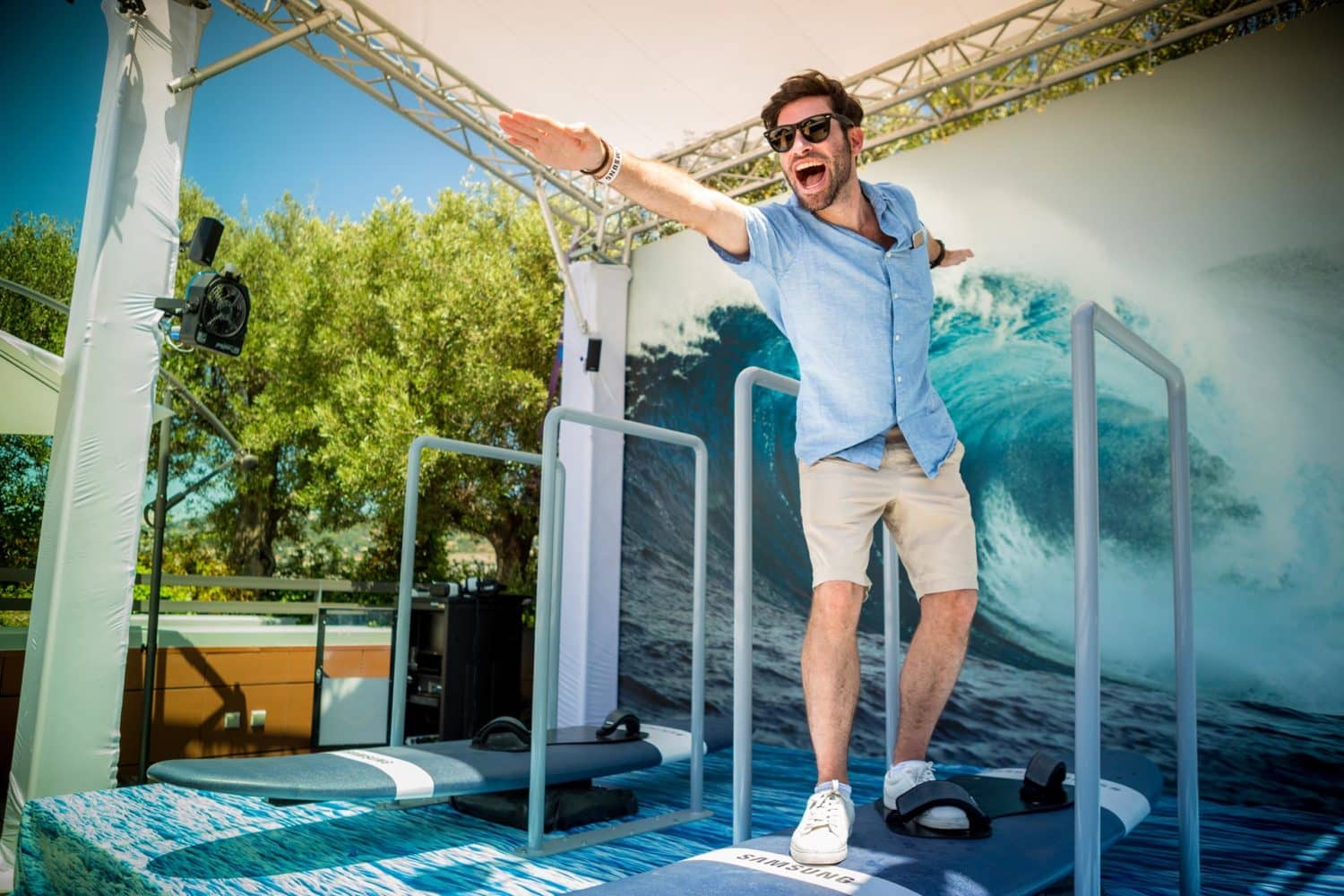The Guide to Experiential Marketing
October 2020

October 2020

Experiential marketing is not a new marketing tool. In fact, it dates back to the late 19th century with brands such as Coca Cola using it as a method to get their product into the hands of consumers through coupon distribution. At one point one in ten bottles were given away for free. Back then it may have been delivered slightly differently to today, but it still carried the same principle which is to engage the consumer through memorable experiences and create long term value. Despite its long-running history, experiential marketing is still a fairly untapped territory, perhaps this is simply due to years of marketing the conventional way through paid media.
This blog delves a bit deeper in what experiential marketing is, and how all companies can benefit by including it as a core element of their marketing strategy if they wish to maximise ROI.

The term ‘Experience Economy’ was first used in 1998 by Pine and Gilmore when describing the new era after the service economy. Pine and Gilmore predicted back then that future economic growth depends on the value of experiences on people’s lives. Fundamentally, the benefits of goods and services alone were no longer enough to drive the economy forward and as such, we needed to prioritise experiences. Consumers are social beings and by their very nature crave physical interactions, therefore by creating memorable experiences on behalf of companies, or brands, we’re able to address the consumer needs while also meeting business objectives and in turn helping the economy.
Experiential marketing is an effective marketing strategy focusing on engaging a brand’s target audience with a pre-designed physical experience. It identifies the needs of the consumer and creates an experience which aims to fulfil these in fun, memorable and immersive ways. The experiences often centre around the senses. The more senses you incorporate the greater the likelihood of a memorable interaction with the consumer which is paramount in creating brand loyalty. Successful experiential marketing campaigns should seek to harness consumer emotions through well-constructed, strategic, and immersive storytelling.
Our recent Purity Consumer Survey found 74% of people say that having the opportunity to physically engage with a brand is important to them which highlights the need for experiential marketing in driving brand awareness.
Traditional marketing channels such as television, radio, billboards and even digital typically advertise to the masses, focusing on the core benefits of a product or mission of a brand. It’s a one-way dialogue in which the consumers are the recipients of the information whether or not they are aware of this even happening. This form of marketing is becoming less effective at reaching consumers as they become savvier at blocking out traditional marketing routes through the likes of ad blockers and other tactics. Although this type of marketing certainly has its advantages in reaching a large number of consumers, there is an argument that they can the lack emotional engagement, and personal touch, which is needed to create true brand advocacy.
On the other hand, experiential marketing creates a close bond between consumer and brand by engaging the audience emotionally through meaningful and carefully curated branded experiences. It creates a two-way dialogue enabling the consumer to have a deeper insight into the brand’s personality and core values which can help to leave a lasting impression. There are many examples of experiential marketing, including but not limited to immersive events, guerrilla marketing, theatrical stunts, product sampling, demonstrations and many more.
It’s a well-known phrase that advertising can change your mind but experiential can change behaviour. This can be likened to the comparison between traditional and experiential marketing. While both are desirable outcomes it’s the change in behaviour which has the greater value.
Both traditional and experiential marketing can work well together as part of an integrated solution to achieve maximum success for a brand or company’s wider campaign goals. A strong campaign integrates both above and below the line marketing.
The simple answer is everyone. Experiential marketing is effective for all industries whether that is B2C or B2B. It’s particularly valuable to those companies who wish to set themselves apart from the rest.
The good news is that you don’t need to spend hundreds of thousands to create a powerful experiential campaign, in fact, experiential is a very cost- effective route if you consider the long-term return on investment.

Understanding this aspect narrows down the locations and/or events where the core audience will be in abundance. This is the prime location to host the experiential campaign. When looking at the creative design of the experience it’s important ensure that each consumer touch point is personalised to drive relevance and interest with the audience.
The objectives can range from changing brand perception, to driving trial of a new product, increasing brand saliency or driving sales. Whatever the objectives are, understanding these will help to steer the strategy and creative route.
Trained Brand Ambassadors deliver the key messages face to face with a specific call to action. It’s important to consider how long the consumer may have to give the Brand Ambassador and to create a message hierarchy to ensure the key message is delivered as priority. The Brand Ambassador team acts as an extension of the brand and can be extremely beneficial in providing anecdotal feedback in the measurement and report after the experience.

The list of benefits is fairly exhaustive but one of the most recognisable benefits of experiential, which often overshadows traditional marketing, is the power of creating emotional engagement and subsequent brand devotees. These devotees are then extremely likely to share their positive experiences with others, it’s this additional word of mouth that is essential in driving brand awareness and loyalty.
Experiential marketing enables you to shape consumer perceptions and change behaviour through brand immersion.
There is the flexibility to work to budgets big and small as it’s often the surprise and delight moments which truly capture the attention of the audience. With the right team anything can be achievable, and if not, a suitable solution can be tailored to still ensure maximum impact on the audience to create a memorable experience.
There is also a huge benefit with experiential marketing in giving brands a platform to monitor and measure brand sentiment from consumers first-hand. These important interactions can help form a brand barometer which can allow them to then focus their attention on what the consumers are really looking for. In fact, many of our campaigns now have independent consumer research as a key component, giving clients the opportunity to really know first-hand what their consumers are thinking about their brand and product and how it fits with customer lifestyles.
To measure the success of an experiential campaign we must first ask the question what is the goal for the campaign? Once we understand this we can look at which KPIs will highlight success. Although there are some metrics which will provide a value to put against the campaign such as the number of engagements, leads and samples, this doesn’t paint the full picture. Quantifying the impact of a physical experience is more challenging than traditional media. And this is perhaps why some marketers will dismiss experiential. For example, if a billboard had a reach of 100,000, it’s a large number but you could ask how many of those were truly engaged with the brand and have become a brand advocate? The answer would be far less than 100,000. On the other hand, an experiential campaign may engage with 15,000 consumers, these people having been fully immersed with the brand and are then very likely to go on and tell their friends and family about their experience with the brand. Let’s say 10,000 of them tell 5 people each, the reach has suddenly sky-rocketed to 50,000. In summary, despite the initial numbers being 15,000 engagements, it’s actually more like 50,000. And therefore, with experiential marketing, it’s not just the initial engagement metrics we must focus on as this is only half the story.
If you have any questions about experiential marketing or are considering how this can work for your brand get in touch with a member of the team today.